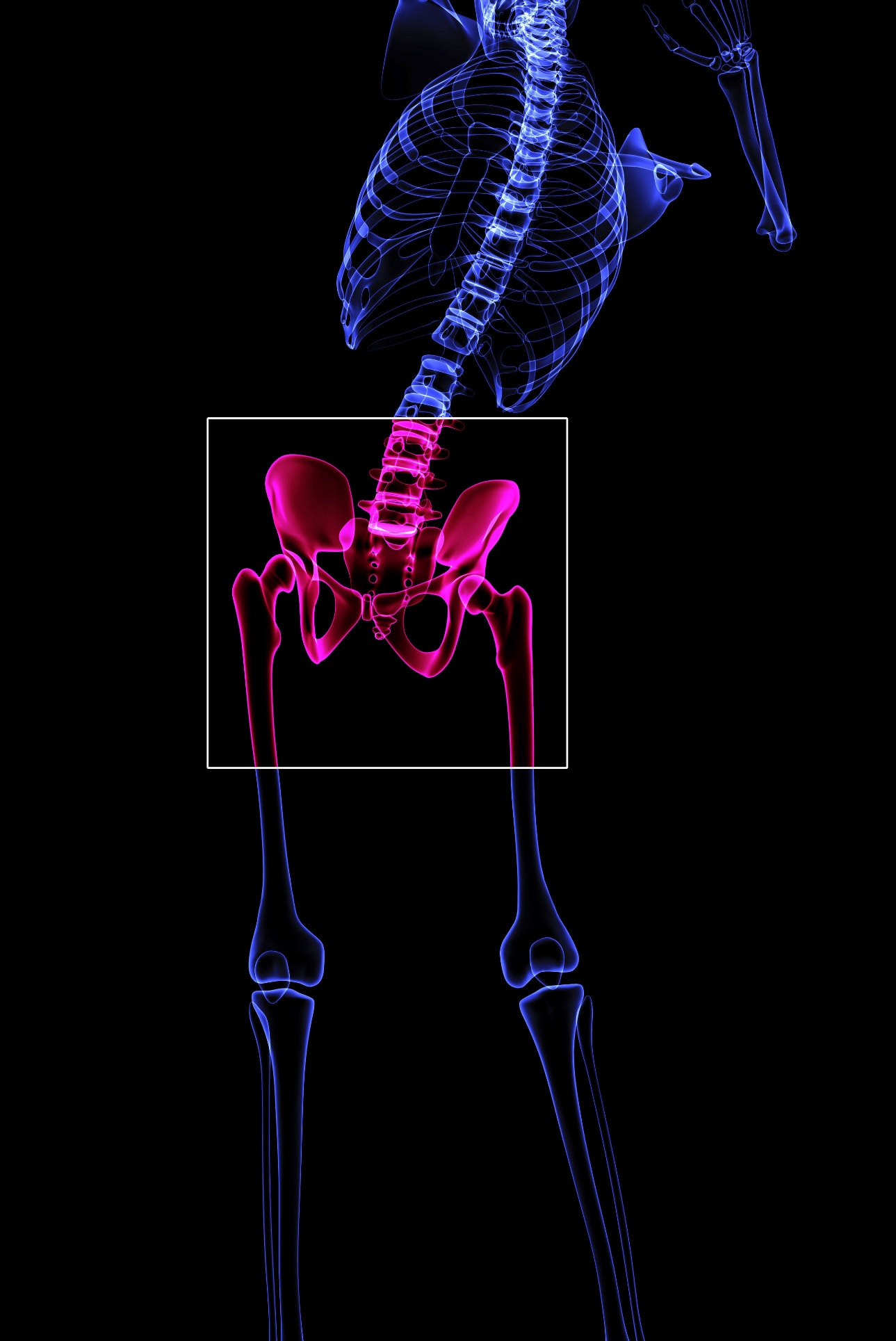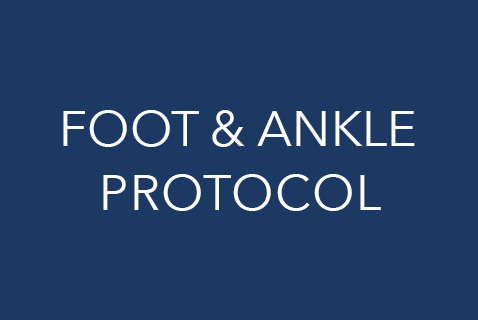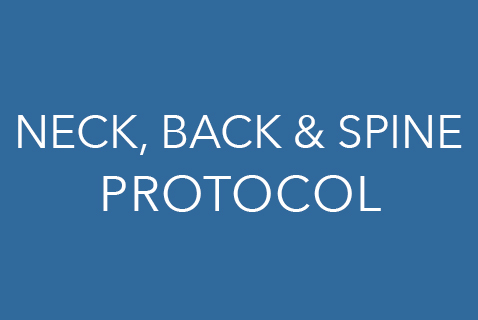What is the Regeneris Hip Protocol?
The research behind the Regeneris Hip protocol is a form of regenerative medicine, a treatment method that uses your body’s own stem cells to restore and repair damage. Regenerative medicine has proven particularly useful in the fields of orthopedics and cosmetic medicine while also showing great promise in other areas, including the treatment of autoimmune disorders and spinal injuries. The Regeneris Hip protocol is based on the premise that cells should promote the body’s healing process, regenerating the natural joint to restore range of motion and reduce pain, instead of removing the joint and replacing it with a prosthesis.
Don’t Operate – Regenerate!
Although pain medication is the first remedy that comes to mind when feeling pain in the hip joint, followed by more pain medication and eventually surgical hip replacement, for some patients this approach is not good enough. Regeneris Medical remains on the cutting-edge of cellular therapies, and now offers the Regeneris Hip protocol, a minimally-invasive alternative research protocol which we hope to someday be the new standard in joint therapy.
Benefits of the Regeneris Hip Protocol over Traditional Hip Replacement
There are numerous reasons why the Regeneris Hip protocol might be a better choice than a total hip replacement (or THR):
Anesthesia Risks
THR which is typically performed under general anesthesia, which can increase a patient’s risk of complications during and after surgery. General anesthesia is also more likely to cause side effects like nausea and vomiting which can extend through the recovery process. The Regeneris Hip protocol is performed using local anesthesia, reducing many of those risks.
Time in Hospital
A Regeneris Hip protocol is usually performed on an outpatient basis, which means you can return home a few hours after your treatment to recover in the comfort of your home. A total hip replacement operation requires a hospital stay of 1-2 weeks, increasing the risk for a postoperative infection and also making the procedure much more expensive.
Recovery Time
Recovery from a THR is extensive and often painful. For most patients, it takes up to six months before any true relief can be felt after the surgery and only after to committing to a strict strength training regimen and physical therapy to regain strength in the joint. Regeneris Hip protocol patients are instructed to refrain from rigorous physical activity for about two weeks, although gradual stretches and exercises are encouraged almost right away in order to keep the joint mobile after treatment.
Results
A hip replacement typically lasts 10-20 years, at which time you will need to undergo another major surgical procedure so as to remove the old device and replace it with another. These consecutive procedures tend to carry higher risk, since there may be damage done to bone and tissue from the first procedure which then complicates the process. The Regeneris Hip protocol differs for each patient and therefore the amount of time before a patient needs another injection varies.
Cost
The Regeneris Hip protocol is research-based and not covered by insurance plans. The cost of a THR runs about $39,000, while Regeneris Hip protocol costs an estimated $7,500 depending on your personalized treatment program.
State-of-the-Art Technology
A Regeneirs Hip protocol involves two distinct, state-of-the-art technologies:
Stromal Vascular Fraction (SVF)
This technology is used to extract stem cells from autologous fat tissue, rather than blood or bone marrow. Removing stem cells through this method results in a much higher yield of the cells, which produces the best possible outcome from your procedure. The autologous fat is removed from the body via a minimally-invasive liposuction procedure under local anesthesia.
Platelet Rich Plasma (PRP)
This substance in your blood contains a high concentration of growth factors that stimulate the body’s healing response. When administered to an injured area, the platelets create an environment that can induce healing of the tendons, muscles, ligaments and joints. PRP has been used as a dental and cosmetic therapy since the 1990s and more recently, has shown potential benefit in the medical realm.
About the Protocol
The Regeneris Hip protocol is performed in the office on an outpatient basis, starting with the extraction of fat to collect the necessary stem cells. Blood is also drawn to process the PRP that will be administered along with the stem cells. Under local anesthesia, the stem and progenitor cells and platelet rich plasma are injected directly into the injured joint.
You should be able to return to most of your regular activities within 1-2 days of the Regeneris Hip protocol. The injected cells should immediately begin secreting growth factors to stimulate healing and dependent on the amount of regeneration that ensues, the results may vary but could last years. As you continue to age, you may need another Hip protocol to maintain your improved comfort and range of motion in the joint. The timing and efficacy of this process are currently been looked at more closely in our research protocols.
Ready to get started?
Whether you are experiencing pain as a result of injury or trauma, or if a condition such as arthritis has made it difficult to stand, walk, or run, our doctors can discuss your candidacy for regenerative treatments as well as answer any other questions you may have. Each case is unique, so personal consultations and customized treatment plans are determined based on your condition and goals.



















